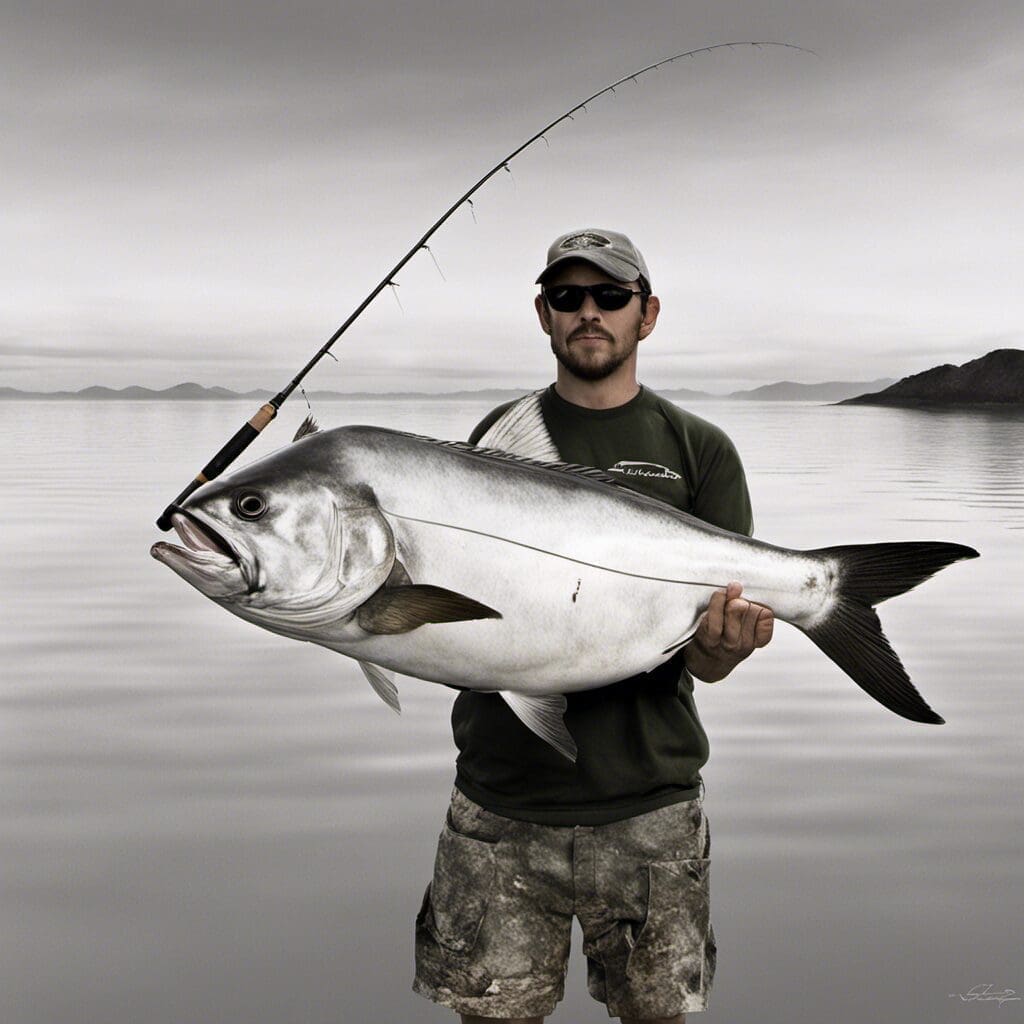Introduction
The Permit (Trachinotus falcatus) is an important fish species that belongs to the Carangidae family. It’s a rugged, powerful fish renowned for its strong fight and graceful behavior in diverse marine ecosystems.
Conservation Status
The current conservation status of Permit is “Least Concern” according to the International Union for Conservation of Nature (IUCN). Despite being a popular species for recreational fishing, the Permit species continues to thrive due to its adaptive behavior and extensive reproductive capabilities. Conservation efforts for the Permit largely revolve around maintaining sustainable fishing practices.
Statistics
| Attribute | Average | Range |
|---|---|---|
| Length | 70 cm | 35-114 cm |
| Weight | 8-10 kg | 3-30 kg |
| Average Lifespan | 25-30 years | — |
Distribution
Permit are primarily found in the western Atlantic Ocean, from Massachusetts in the USA, through the Gulf of Mexico and Caribbean Sea to Brazil. Migration patterns largely depend on climatic and food availability changes, as well as spawning routines.
Habitats
This species prefers shallow, sandy and clear tropical marine waters. They generally inhabit depths ranging from 1 to 30 meters amid coral reefs and seagrass beds. The water temperature range these fish prefer is between 24°C - 30°C.
When and Where to See
Permit can be spotted throughout the year, but they are especially abundant during warm months. The best time to watch these fishes is in late afternoon when they are most likely to feed.
Best Fishing Locations
Given the wide geographical distribution of Permit, they can be found in numerous locations around the world. Notable fishing locales include:
- Florida Keys, USA
- Ascension Bay, Mexico
- Turneffe Atoll, Belize
- Los Roques, Venezuela
- Andros Island, Bahamas
- Jardines de la Reina, Cuba
- Abaco Islands, Bahamas
- Exuma Islands, Bahamas
- Anguilla, Anguilla
- Grand Cayman, Cayman Islands
- Bimini, Bahamas
How to Catch
Permit are notoriously difficult to catch due to their keen eyesight and selective diet. They are particularly attracted to small crabs and shrimps. Fly fishing and light tackle fishing are the most effective techniques to capture this species. The best time to fish is during ebb tide when they move to shallow flats to feed.
Identification Guide
Permit possess a silver body with a darker blue-grey back. They have a distinctive shape with a deeply forked tail and a steeply sloping forehead profile.
Culinary
Permit are considered a delicacy, and their meat is known for its mild yet pronounced flavor. They are traditionally grilled or fried, but can also be used in ceviche or sushi.
Additional Information
Permit are solitary fish that occasionally form schools. Predators include larger fish like sharks, as well as humans. Given their strong fight when caught, permit have earned a significant reputation among anglers and thus, contribute to local tourism across many regions.
References and Further Reading
- FishBase
- Florida Fisheries
- Tarbone

